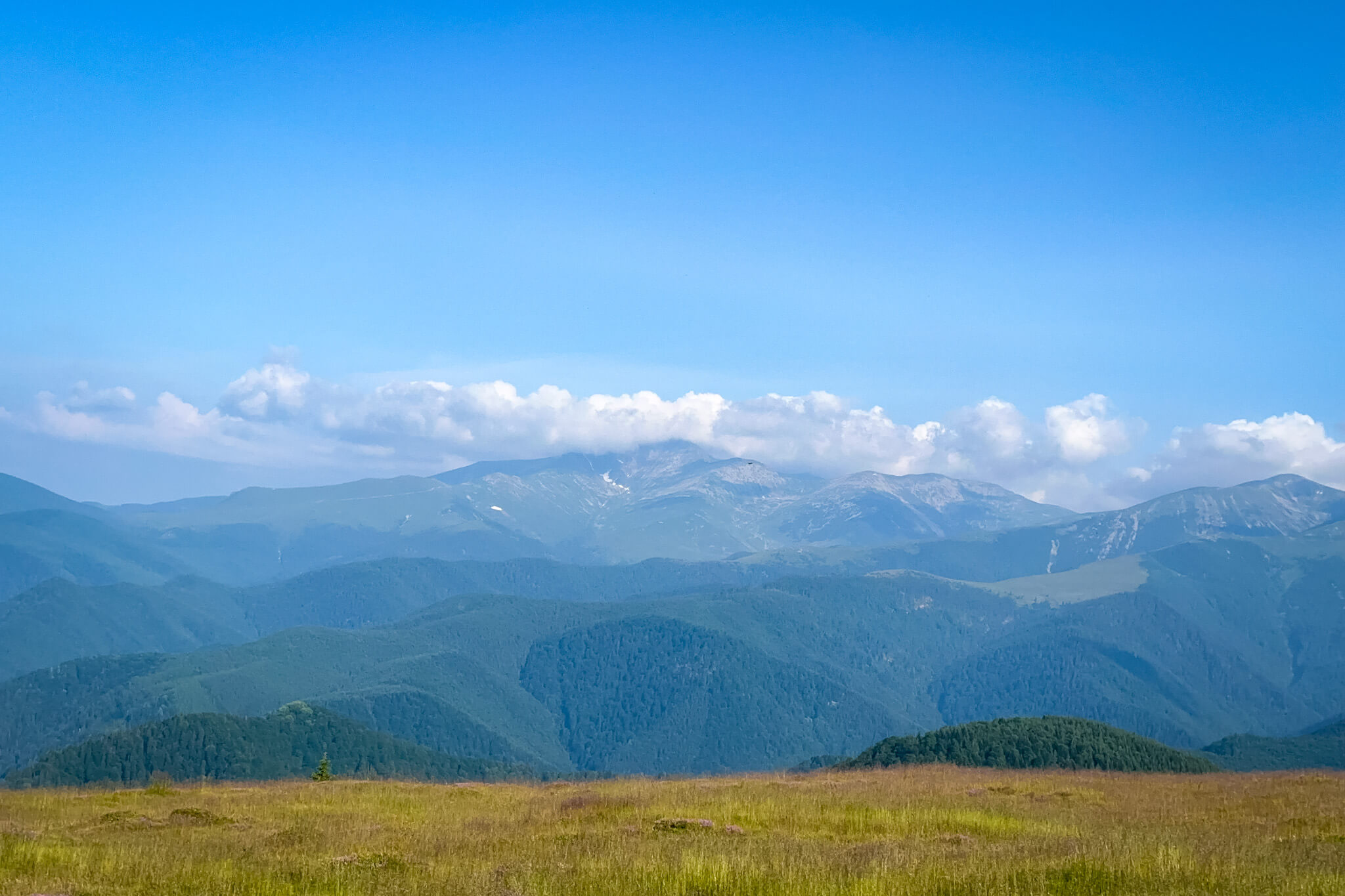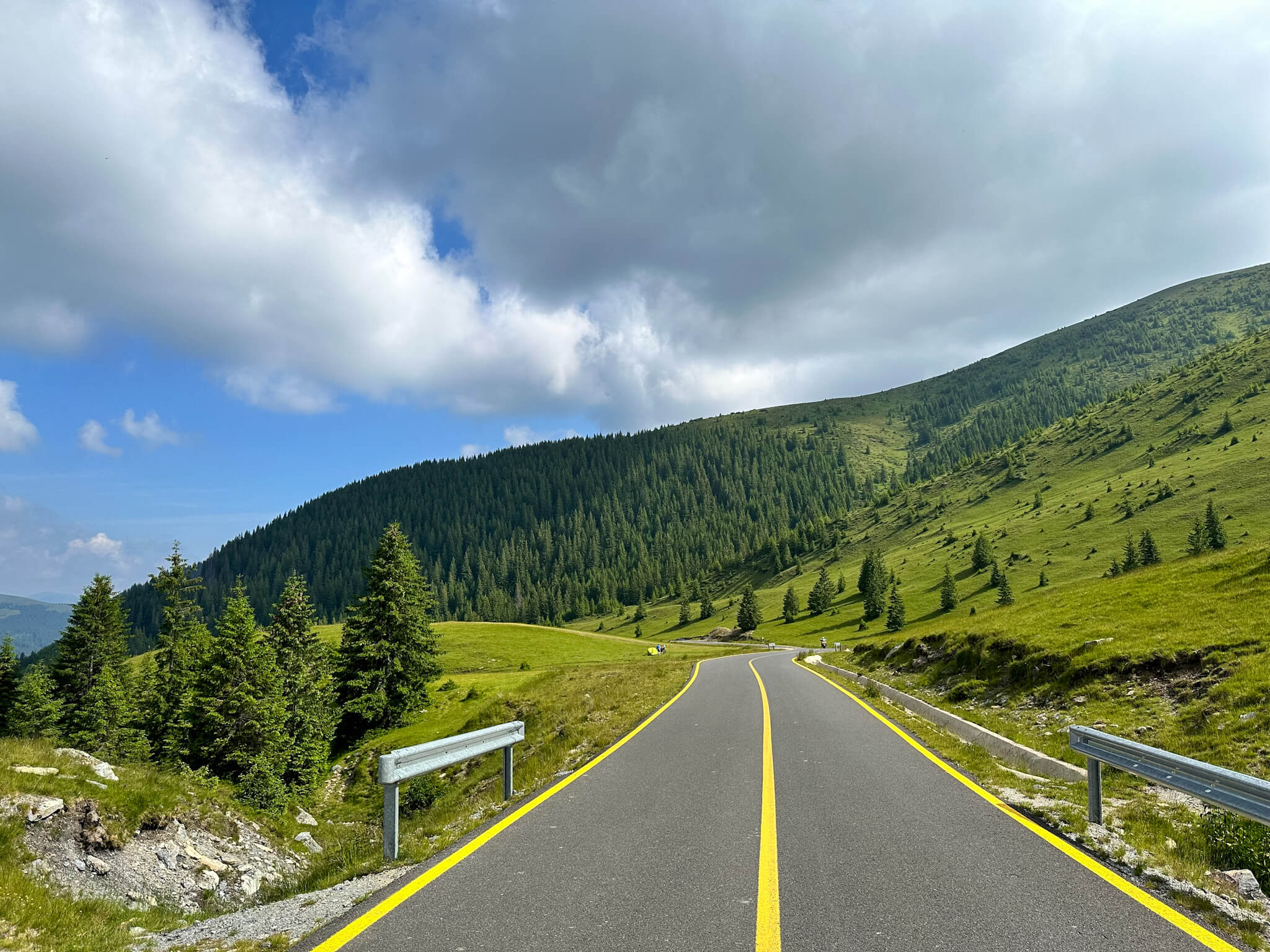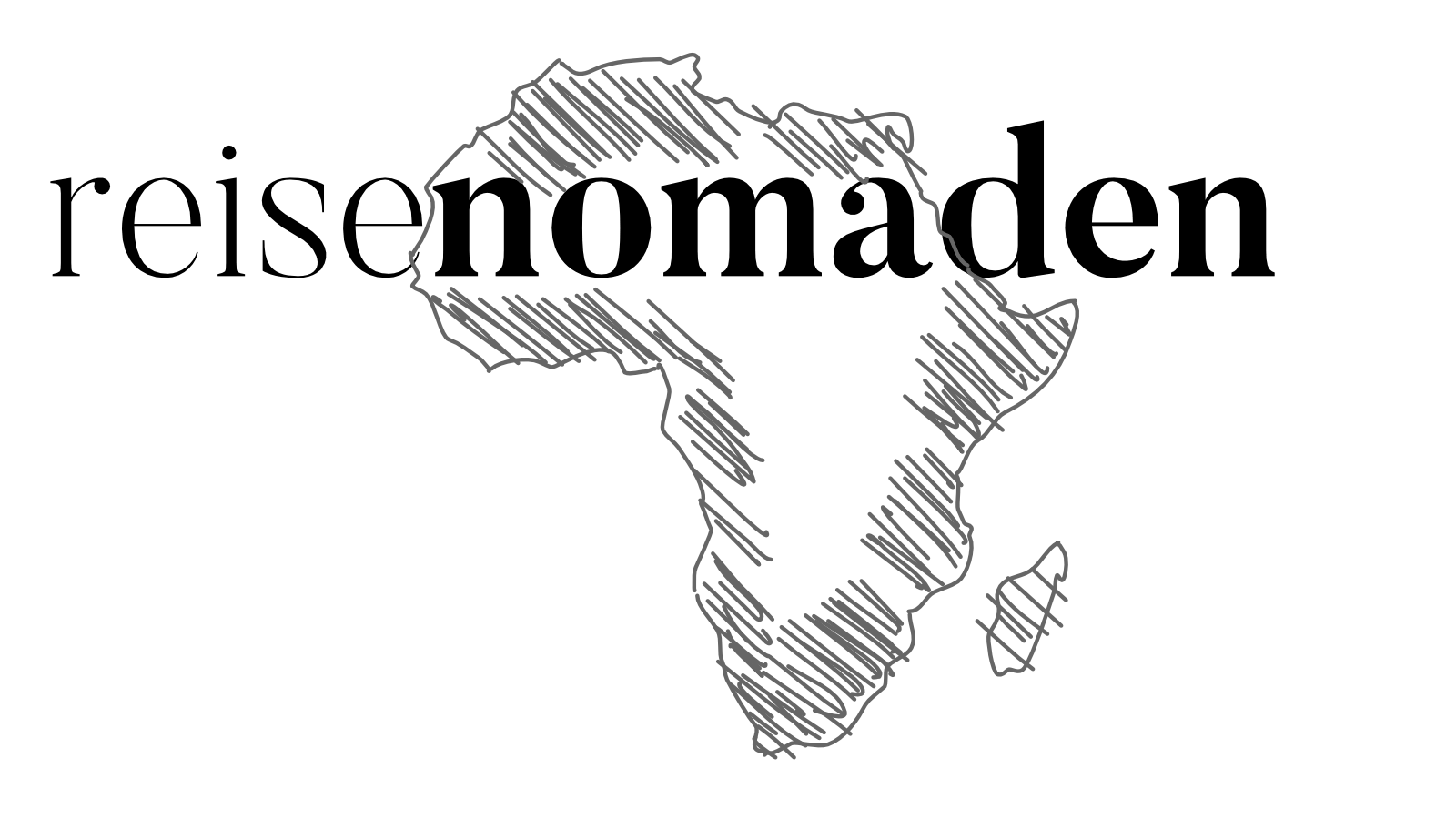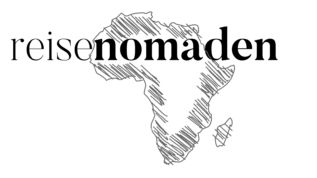We decided to use the ferry service across the Danube to leave Bulgaria and enter Romania. Alternatively, it would have been possible to drive about an hour’s drive away across the border bridge in Russe. This route is mainly used by trucks and there is a risk of delays of up to 7 hours. We did not want to expose ourselves to this risk. In Orjachowo, in northwest Bulgaria, we left Bulgaria and waited for the ferry that would take us across the Danube to Romania. With a total delay of about 2 hours, we reached the Romanian shore at about 4:00 p.m., completed the formalities quickly and without complications, and were somewhat pressed for time due to the delay. The last task of the day for us was to find a suitable place to spend the night.



Misstatement in Romania, rain and stray dogs
This turned out to be more difficult than expected. The first campsite indicated, very close to the border, was in fact an abandoned, completely run-down collection of broken cottages. People still lived in them, as we could find out from the available mattresses and living accessories. Another place in the proximity proved, as free meadow directly beside a bridge and main street convenient. This place was also out of the question for us. We drove about 1 hour to the next officially declared campsite, located next to an inn.
During the drive there, the sky unloaded with one of the heaviest thunderstorms of the entire trip. At times the visibility was below 50 meters. When we reached the inn, it was dark and we quickly realized that no one was home there. The pitches in the garden still existed. A neighbor told us by hand and foot that it was closed and that we had to drive on. Slowly it became difficult. The evening and the darkness came closer and closer. Guido searched for campsites, found what he was looking for and made a phone call, because we knew that the next shot had to be a hit. Indeed, someone picked up and Guido registered us binding.
We drove through the rural areas of Romania and experienced for the first time the many stray dogs live. One village followed the next and everywhere it swarmed with stray, partly limping dogs. We made more bad than good progress, because on the one hand it was getting darker and the visibility was poor and on the other hand we didn’t want to run over any dog – there were more dead dogs on the roadside than we could bear. After more than two hours of driving, we reached the address shortly after 8:00 p.m. and parked in the parking lot of a restaurant. We checked in, were shown the place behind the restaurant and had dinner first. An hour later, tired, we fell into bed and were not bothered by the noise of the road that passed in front of the restaurant.
Romania generates mixed feelings
In the morning, three strays were waiting for us, sitting lined up next to our camper and looking at us peacefully. Two of them had a broken leg and were limping around. This condition didn’t seem to bother anyone and no one cared about the poor creatures. We still had rice salad in the fridge and decided to let the dogs have it. A can of tuna still found its way into the bowl and after the dogs had put down their breakfast, it was already consumed not five seconds later. There was nothing more we could do, but the condition weighed on us. We love animals and it was very hard to witness how Romanian society treats animals.
Over the next few days, we explored the Carpathian region and stayed at beautiful campsites. First, we discovered an eco campground with a park-like property where we stayed for two days and had a good time with both the operators and other campers. The operators regularly dove for gold in the river behind their property and were very successful. They generate a noteworthy regular income from the sale of the gold. The next site was Villa Hermani in Māgura/Bran.
With Hermann, a German-speaking Romanian, we camped very comfortably in the garden of his guesthouse. The place was well attended and also his hotel was busy. Many visitors use the region for hiking and cycling.







The brown bear sanctuary
We felt very comfortable and the people in Romania were exceptionally friendly. From Bran, the road took us to Zărnești to the Libearty Bear Sanctuary. The sanctuary allows freed brown bears to live out their lives in comfort and safety. The bears originated from cages in front of churches, restaurants and bars, where they were put on display to attract guests. Others lived a life as dancing or circus bears. What they all have in common is that they were caged for most of their lives and treated miserably. The reserve offers 69 hectares of untouched forest, with many swimming areas and countless retreats. Guided tours take place during two hours a day, on trails along a small part of the reserve, designed not to disturb the bears.

These tours are one of the sources of income, the non-profit organization. 119 bears are currently housed there. Romania is estimated to have about 7,000 wild bears living in the pristine forests of the Carpathian Mountains and another 4,000 or so wolves. The Sanctuary does valuable work and is worthy of support in our opinion. For example, they need 2,000 kg of food for the bears every day. Medical and other maintenance costs are in addition.
Transfăgărășan – the place where you can meet brown bears on the road
We were advised several times to drive the Transfogaras High Road (Transfăgărășan). The road connects the Argeș Valley in Great Wallachia with the Olt Valley in Transylvania, crossing the Făgăraș Mountains – a mountain range in the Transylvanian Alps. If you are lucky, besides spectacular nature and numerous stalls along the road, you can see wild brown bears foraging near the road. Mostly they are older animals that have learned that tourists feed them when they show themselves. During our crossing, we were able to observe a strong, healthy female bear with two cubs, in addition to several older bears in rather poor condition.



Transalpina – the panoramic road through the Southern Carpathians
The Transalpina, the national road 67C, connects Gorj County in Wallachia with Alba in Transylvania. This panoramic road was our last destination in Romania. The first part, which took us to over 2100 m above sea level, could have been in Switzerland’s Grisons region. The further course was more spectacular for us and reminded us of Canadian forests and rivers. Here we could have camped excellently wild at the river. Unfortunately we didn’t know that and after finishing the road we drove all the way to Hungary. Our time in Romania ended here and the end of our European tour approached with rapid steps.










